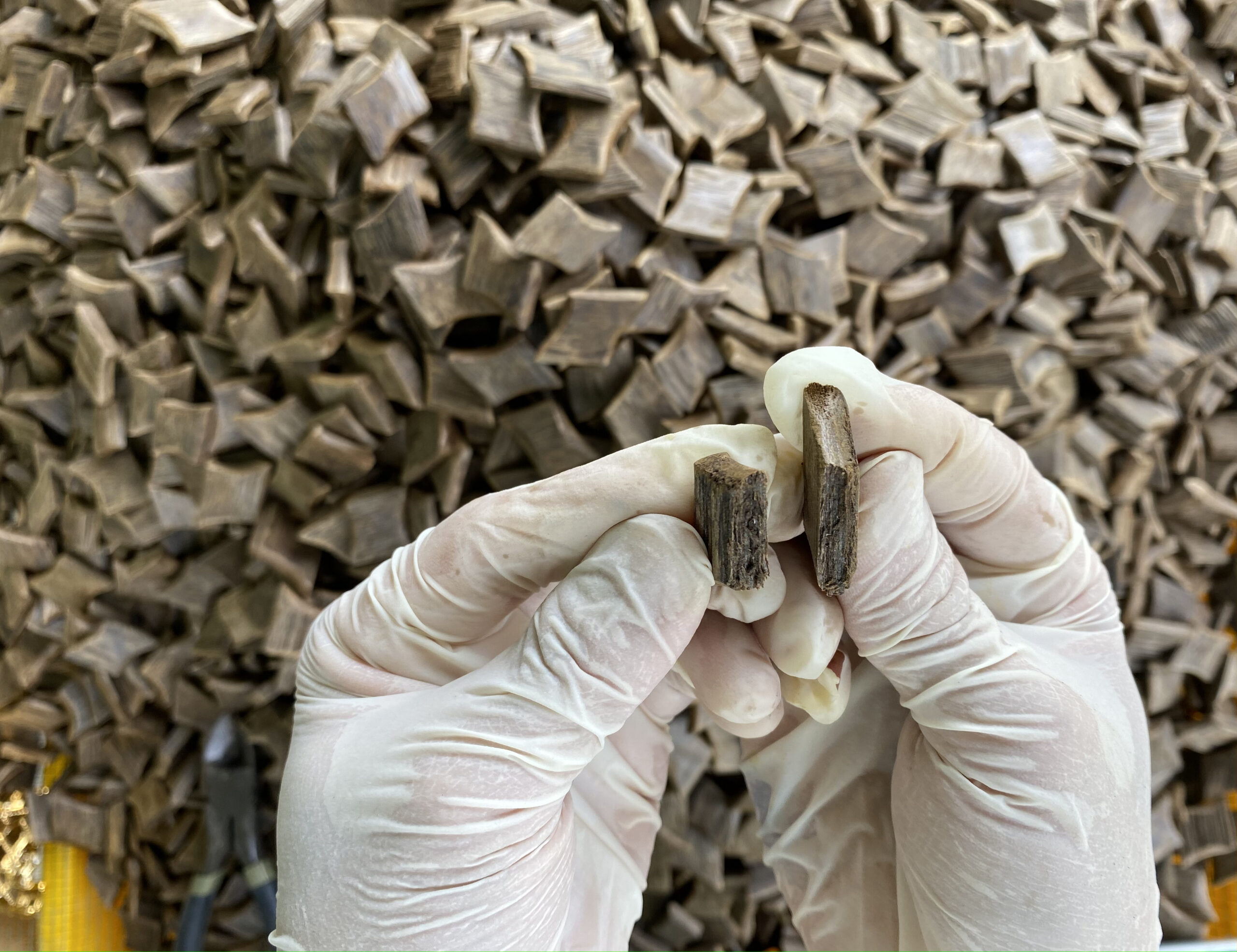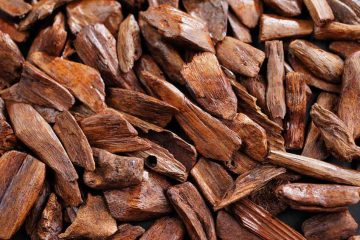In the realm of fragrances, the captivating allure of oud has taken the world by storm. Derived from the heartwood of agarwood trees, oud possesses a mystique that has transcended time and culture. As we delve into the safety aspects of oud, it’s crucial to understand the chemical composition and origins of this enigmatic substance.
The Mystique of Oud
Definition and Origins
Oud, also known as agarwood, has a rich history deeply rooted in various cultures. Its origins can be traced back to the Southeast Asian and Middle Eastern regions, where it holds significant cultural and religious importance. The distillation process, extracting the essence from agarwood, is a meticulous craft that yields the unique fragrance sought after in both traditional perfumery and modern applications.
The Oud Extraction Process
Oud extraction methods vary, including steam distillation and solvent extraction. The chemical complexity of oud involves a multitude of compounds, with sesquiterpenes being the primary contributors to its distinctive aroma. This complexity, however, raises questions about its safety and potential allergenic properties.
Oud in Fragrance and Beyond
Oud in Perfumery
The allure of oud in the fragrance industry is undeniable. Popular perfumes featuring oud have become synonymous with luxury and sophistication. However, the concentration of oud in these fragrances and its potential impact on individuals with sensitivities necessitate a closer look at safety regulations.
Oud in Traditional Medicine
Beyond the realms of perfumery, oud has a history in traditional medicine. Its applications range from treating digestive issues to respiratory ailments. Scientific research on these traditional uses is ongoing, shedding light on the potential health benefits while also prompting considerations about safety and dosage.
Safety Concerns Surrounding Oud
Chemical Components
Analyzing the chemical components of oud reveals a complex blend of volatile organic compounds. While some individuals may not experience any adverse reactions, others may be sensitive to certain compounds present in oud. Understanding these components is crucial for individuals with allergies or skin sensitivities.
Regulatory Standards
International regulations play a vital role in ensuring the safety of products containing oud. Compliance with these standards ensures that consumers can enjoy oud-based products without compromising their health. However, the responsibility also lies with consumers to be aware of these standards and make informed choices.
Myths vs. Facts: Addressing Common Misconceptions
Debunking Oud-related Myths
Misconceptions surrounding oud often stem from its exotic reputation. Separating fact from fiction is essential to provide a realistic understanding of oud and its potential effects on individuals.
Realistic Expectations
Acknowledging the risks associated with oud allows consumers to set realistic expectations. While the majority may enjoy oud without any issues, a minority may experience adverse reactions. Responsible usage guidelines help navigate these considerations.
Making an Informed Choice: Oud for Individuals
Allergic Reactions and Sensitivity
Identifying potential allergic reactions is crucial for individuals considering oud-based products. Patch testing and awareness of personal sensitivities can help prevent adverse effects and ensure a positive experience with oud.
Oud Products and Alternatives
Diverse oud products cater to various preferences, from traditional attars to modern perfumes. For those wary of potential reactions, exploring alternative fragrances or products can provide a safer option without sacrificing the essence of oud.
The Oud Industry’s Responsibility
Ethical Sourcing Practices
As the demand for oud grows, ethical sourcing practices become paramount. Sustainable production methods and fair trade considerations contribute to the overall safety of oud products, ensuring that consumers can indulge in the allure of oud guilt-free.
Transparency and Consumer Education
Labels on oud products should provide transparent information about the source and composition of oud. The industry plays a crucial role in educating consumers about the potential risks and benefits, empowering them to make informed choices.
Navigating the Oud Experience
As we navigate the complexities of oud, understanding its origins, extraction methods, and safety considerations is paramount. Oud enthusiasts and those new to the fragrance should approach it with a balanced perspective, appreciating its mystique while being mindful of individual sensitivities. By embracing responsible usage and supporting ethical practices in the oud industry, we can all revel in the enchanting world of oud without compromising safety.



